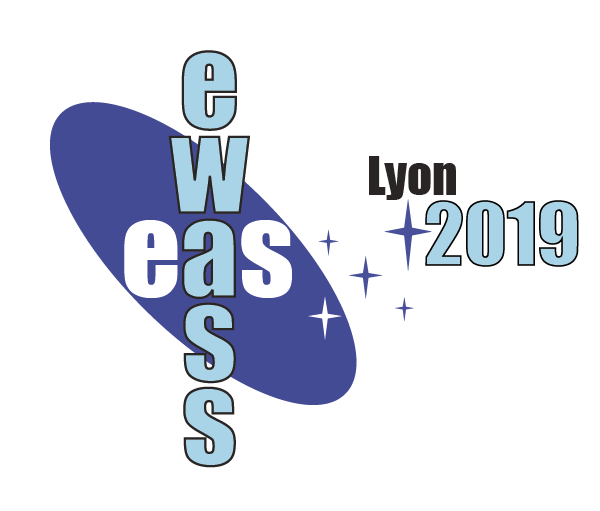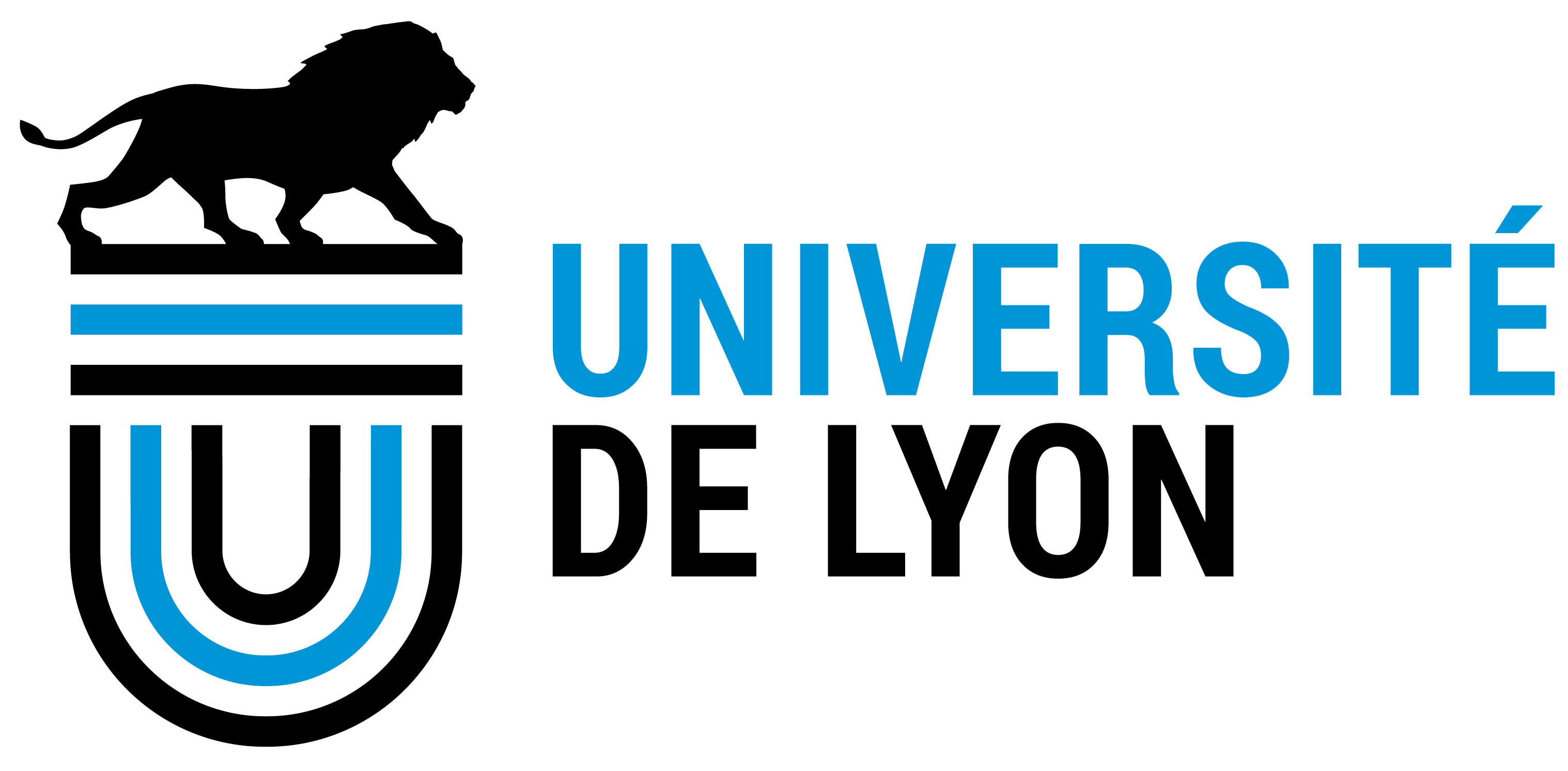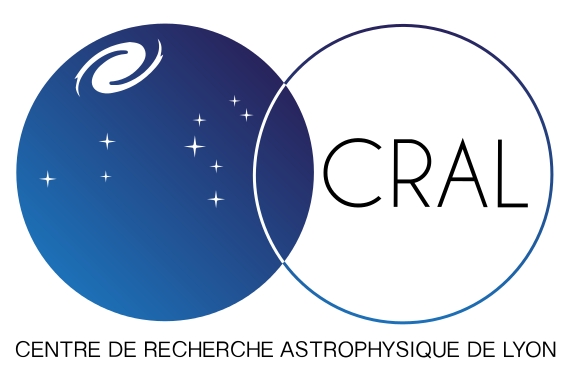|
Symposium S1
26-27 June 2019

Aims and scope
The past decade in transient science was characterised by unparalleled efforts of optical synoptic surveys, such as ASASSN, ATLAS, PanSTARRS and PTF, to explore the entire transient phase-space systematically. In spring 2018, the Zwicky Transient Facility (ZTF) started its science observations and joined these efforts. The public ZTF survey monitors the entire northern hemisphere every three nights in g and r and the Galactic plane every night in g and r to a depth of 20.5 AB-mag resulting in up to 100-150 epochs per year. New transient-surveys, such as ZTF, will detect several 100,000 up to a million transient sources, pushing data volume and alert rate to a new order of scale.
These combined efforts will allow science from cometary outbursts and asteroid collisions, to infant supernovae and failed GRB jets, Be stars and ultra-compact binaries, via interaction with super-massive black-holes, to cosmology and hence lead to a revolution in transient science.
As the first data release of the public ZTF survey is expected in spring 2019, we would like to bring together astrophysicists from all transient and time-domain surveys as well as big-data specialists to discuss results and challenges of four outstanding topics (each being 90 min sessions): fast transients, rare transients, statistics with large SN samples, and non-exploding variables.
The symposium will finish with two 90-min sessions dedicated to challenges induced by the revolution of the transient science: (1) Brokers, i.e., how to filter alerts and (2) what does the community do with them. This last session will be led by IAU supernova working group (SN-WG) who will collect input from the community on the goals and activities of the SN-WG in the coming years, and how to integrate relevant infrastructure and expertise with the larger time-domain science community.
Poster submissions will be accepted, and contributions not selected for an oral presentation will be considered for a poster presentation instead.
Programme
- Infant SN | Flash spectroscopy; Early light curves; Progenitors
Scope: using high cadence optical surveys to study the birth and origin of transients
- Rare Transients | Rapidly-evolving unusual transients in high-cadence surveys including multimessenger astronomy; Tidal disruption events; Odd transients
Scope: using wide field-of-view optical surveys to find and follow new and rare kinds of transients
- Statistical Samples of Transients | Supernovae, SN Cosmology, Superluminous supernovae
- Non-exploding Transients | Galactic Plane surveys, Variable stars
- Alert Brokers | Following alerts
- IAU Supernova Working-group | Communicating and sharing of transients for LSST-scale surveys
Discussion led by the chair of IAU SN working group: Avishay Gal-Yam (WIS)
Invited speakers
- Jose Groh (Trinity College Dublin)
- Anna Franckowiak (DESY)
- Federica Bianco (New York University)
- Emmanuel Gangler (CNRS/IN2P3)
- Thomas Kupfer (University of California Santa Barbara)
- Stephen Smartt (Queen's University Belfast)
- Valéry Brinnel (DESY)
Scientific organisers
Jakob Nordin (DESY), Kate Maguire (Trinity College Dublin), Mickael Rigault (CNRS/IN2P3), Nadejda Blagorodnova (Radboud University), Steve Schulze (Weizmann Institute of Science)
Contact
ewass2019_transients @ googlegroups.com
Updated on Wed Apr 03 18:30:23 CEST 2019
|

 A power cut will shut down all EAS services on Tuesday, 10 January 2017 starting at 7:30 CET.
A power cut will shut down all EAS services on Tuesday, 10 January 2017 starting at 7:30 CET.





